
Netherlands Trip Cost: 7 Days Under €1000 – Budget Guide
Planning a trip to the Netherlands? You’re in for a treat! This charming country is packed with beautiful canals, world-class museums, and picture-perfect windmills. But before you start dreaming of stroopwafels and tulips, let’s talk about the nitty-gritty: how much will your Dutch adventure cost? A typical trip to the Netherlands can cost anywhere from $91 to $536 per person per day, depending on your travel style and choices.
Whether you’re a budget backpacker or looking for a bit of luxury, the Netherlands has options for every wallet. Amsterdam might be the star of the show, but don’t forget about other gems like Rotterdam, The Hague, and Utrecht. Each city offers its own unique flavor and can impact your overall trip cost.
Ready to dig into the details? We’ll break down costs for everything from flights and hotels to bike rentals and museum passes. You’ll learn how to save euros without missing out on the best experiences. Let’s get started on planning your perfect Dutch getaway!
Contents
- Key Takeaways
- Understanding Netherlands Trip Costs
- Overview of Expense Categories
- Determining Your Travel Budget
- Cost of Flights and Transportation
- Accommodation Expenses
- Food and Dining Out
- Attractions and Activities
- Saving on Transportation
- Utilizing Public Transportation
- Economic Benefits of Cycling
- Comparing Transportation Options
- Accommodation Types and Costs
- Hostels and Budget Hotels
- Mid-Range to Luxury Hotels
- Alternative Accommodation Options
- Eating on a Budget
- Cost of Dining Out
- Groceries and Self-Catering
- Traditional Dutch Dishes
- Experiencing Attractions on a Budget
- Free and Low-Cost Attractions
- Organized Tours Versus Independent Travel
- Travel Passes and Discounts
- Nature Parks and Outdoor Activities
- Timing Your Visit for Best Value
- Seasonal Price Fluctuations
- Events and Peak Tourist Seasons
- Long-Term Stays: Cost Efficiency
- Practical Tips for Budget-Conscious Travelers
- More Travel Guides
Key Takeaways
- Trip costs range from $91 to $536 per person daily
- Train travel is affordable and connects major cities quickly
- Booking accommodations early and eating local can save money
Understanding Netherlands Trip Costs
Traveling to the Netherlands can be pricey, but with smart planning you can make it work for your budget. Let’s break down the main expenses you’ll face and how to manage them.
Overview of Expense Categories
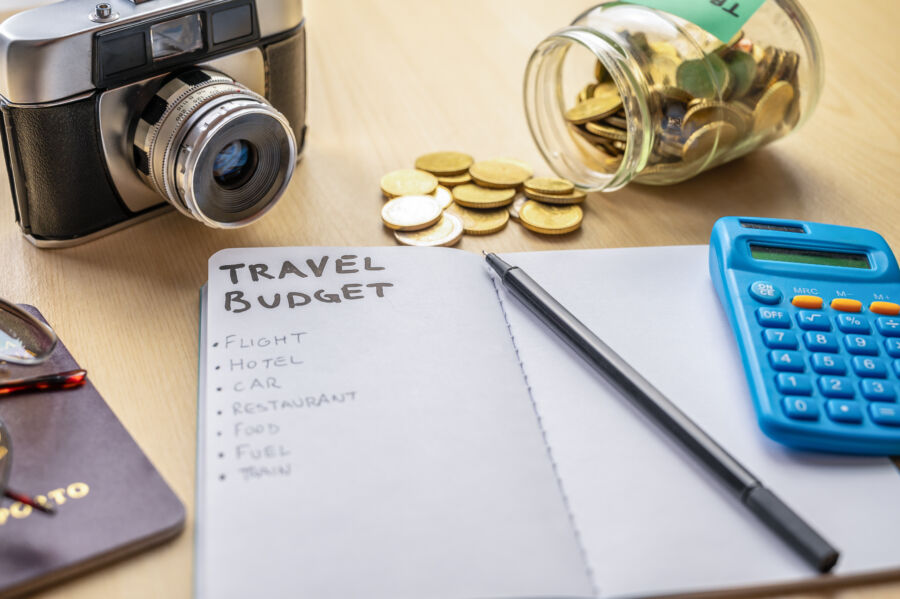
Your biggest costs for a Netherlands trip will be flights, hotels, food, and activities. Flights from the US often run $600-$1500 round-trip. Hotels average $150 per night, but budget options exist. Food can cost $30-50 per day if you mix eating out and cooking. Transportation within cities is cheap, but renting a car adds up. Museums and attractions have entry fees of $10-25 typically.
Costs vary a lot based on your travel style. Backpackers might spend $50-75 daily, while luxury travelers could drop $500+. Most folks fall somewhere in between.
Determining Your Travel Budget
To set your budget, think about your must-dos and nice-to-haves. Want to splurge on a canal house hotel? You may need to cut back on dining out. Prefer lots of museum visits? Look for cheaper lodging.
List out expected costs for each category:
- Flights
- Hotels
- Food
- Transport
- Activities
Add a buffer for unexpected expenses. Aim to save this amount before booking your trip.
Cost of Flights and Transportation
Flights are often the biggest expense. Search for deals on KAYAK to compare prices across airlines. Flying mid-week or in shoulder season can save hundreds.
Once there, public transit is cheap and easy. A multi-day pass for Amsterdam costs about $25. Trains between cities are pricier but still reasonable. Renting a car costs $40-80 per day plus gas. Stick to public transit in cities to save cash.
Biking is popular and budget-friendly. Many hotels offer free bike rentals. Or rent one for $10-15 per day to explore like a local.
Accommodation Expenses
Hotels eat up a big chunk of your budget. Expect to pay $100-200 nightly for a decent mid-range spot. Luxury canal houses run $300+. Budget travelers can find hostels for $25-50 per night.
Vacation rentals are a good middle ground, often $75-150 nightly. You’ll get more space and can save on food by cooking some meals.
Consider staying outside city centers for better deals. Just check transit options so you don’t waste time commuting.
Food and Dining Out
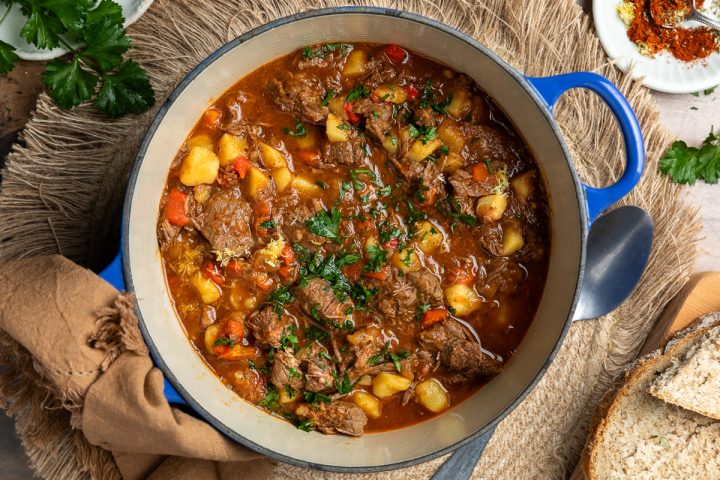
Dutch food is hearty and filling. Budget $30-50 per day for meals if mixing restaurants and self-catering. A sit-down dinner averages $25-40 per person. Lunch specials and cafes are cheaper at $10-20.
Save by hitting supermarkets and making picnics. Street food like stroopwafels or frites make cheap, tasty snacks. Many hostels and rentals have kitchens to cook your own meals.
Drinking can get pricey. Beer runs $5-8 in bars. Buy from shops to enjoy by the canals instead.
Attractions and Activities
Museum entry typically costs $15-25. The I Amsterdam City Card gives you free entry to top spots plus public transit. At $85 for 24 hours, it’s worth it if you plan to pack in the sights.
Free activities abound too. Wander the canal rings, explore markets, or relax in Vondelpark. Many churches offer free entry or small donations.
Guided tours average $15-30 per person. But you can find free walking tours in most cities – just tip your guide at the end.
Saving on Transportation
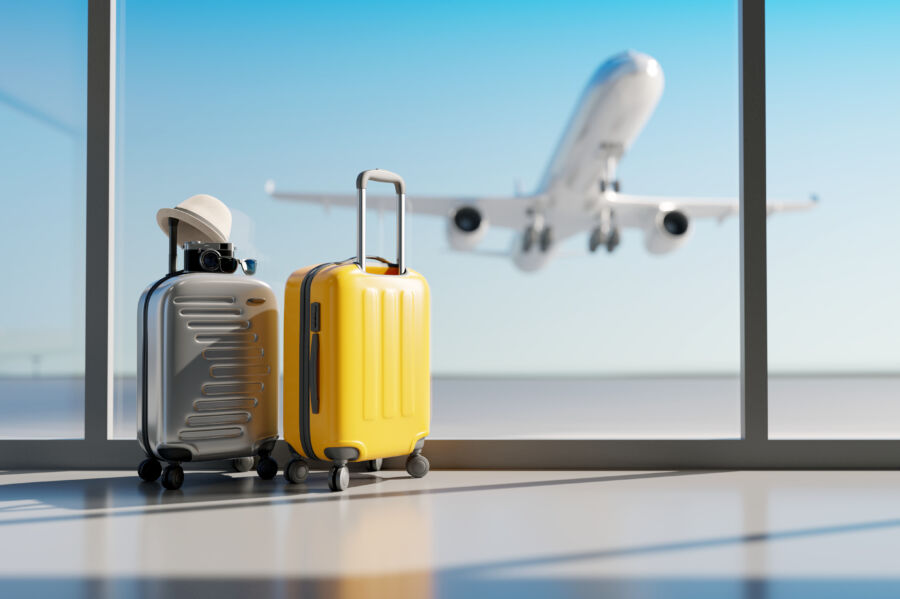
Getting around the Netherlands can be affordable if you know the right tricks. Smart choices can help you stretch your travel budget without sacrificing convenience.
Utilizing Public Transportation
The OV-chipkaart is your key to cheap travel in the Netherlands. This card works on trains, buses, and trams across the country. You can load it with money and tap on and off as you go. One-way fares in big cities start around 4 euros.
Day passes are another money-saver. They cost 7-9.50 euros and give you unlimited rides. If you’re staying longer, look into weekly or monthly passes. These can cut your transport costs even more.
Don’t forget about off-peak travel. Train fares drop outside rush hours. Plan your trips for these times to save some cash.
Economic Benefits of Cycling
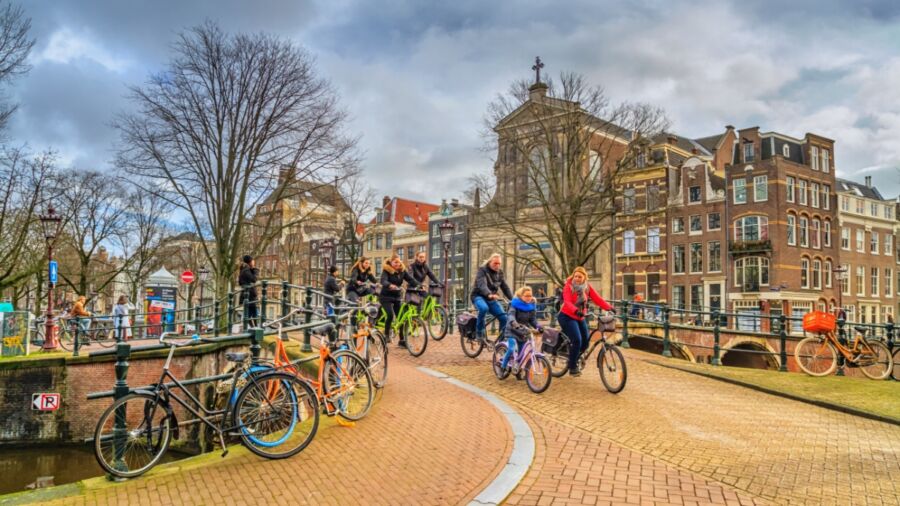
Renting a bike is a great way to save money and see the sights. Many cities have bike-sharing programs with affordable daily rates. You can pick up and drop off bikes at stations all over town.
Cycling lets you skip pricey taxis and crowded buses. It’s often faster too, especially in busy city centers. Plus, you’ll get some exercise and fresh air while you explore.
Most Dutch cities have excellent bike lanes and paths. You’ll feel safe and comfortable, even if you’re not an expert cyclist. Just remember to lock up your bike when you’re not using it.
Comparing Transportation Options
Buses are usually cheaper than trains for short trips. A one-way ticket might cost 2-3 euros. For longer journeys, trains are often faster and more comfortable.
If you’re traveling with a group, consider splitting a taxi or rideshare. It can be cheaper than buying separate public transport tickets, especially for short trips.
Walking is free and perfect for exploring city centers. Many Dutch towns are compact and walkable. You’ll save money and discover hidden gems along the way.
For trips between cities, check out bus companies like Flixbus. They often have cheaper fares than trains, though the journey might take longer.
Accommodation Types and Costs
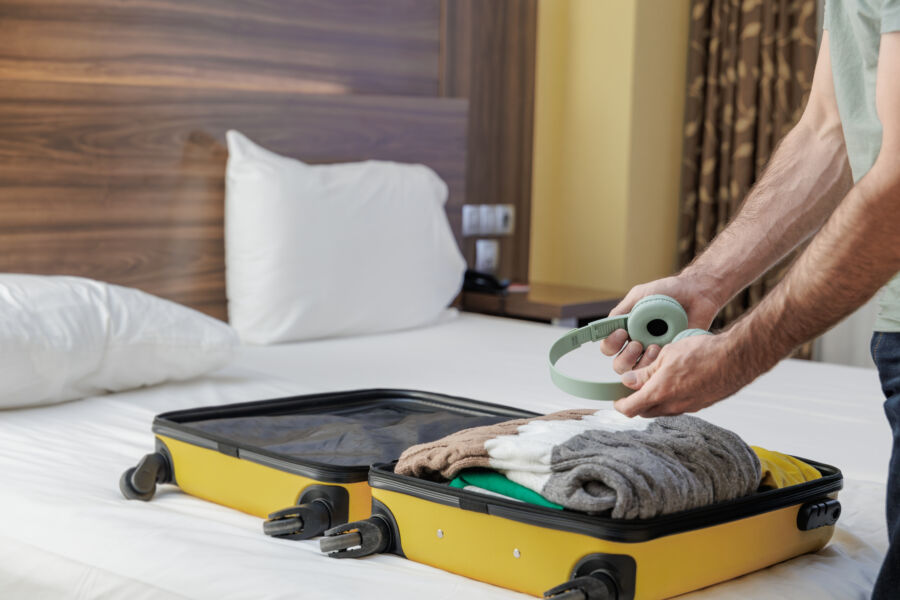
The Netherlands offers a wide range of places to stay, from budget-friendly hostels to luxurious hotels. You’ll find options to suit every travel style and wallet.
Hostels and Budget Hotels
Hostels are your best bet for cheap stays in the Netherlands. In Amsterdam, you can snag a dorm bed for about $20-30 per night. Private rooms cost more, usually $60-80. Budget hotels start around $70-100 for a basic double room.
Many hostels have great social areas where you can meet other travelers. Some even offer free walking tours or pub crawls. Just keep in mind that the cheapest options might mean sharing a bathroom.
Booking.com has loads of budget-friendly picks. You can filter by price to find the best deals.
Mid-Range to Luxury Hotels
Mid-range hotels in the Netherlands cost about $100-200 per night. For this price, you’ll get a comfy room with private bathroom, maybe breakfast too. Luxury hotels start at $200 and can go up to $500 or more for the fanciest spots.
Amsterdam has the priciest hotels. You’ll find better deals in smaller cities like Utrecht or Rotterdam. Consider staying outside the city center to save some cash.
Luxury hotels often have cool extras like spa facilities or rooftop bars. But they’re not always worth the splurge if you plan to spend most of your time exploring.
Alternative Accommodation Options
Want something different? Try a houseboat rental in Amsterdam’s canals. Prices start around $100 per night. Or book a cozy vacation rental – great for families or longer stays.
Camping is big in the Netherlands too. You can pitch a tent for as little as $10-20 per night. Many campsites have nice facilities like cafes and bike rentals.
Farm stays are another fun option. You’ll get a taste of rural Dutch life for about $50-100 per night. Some even let you help out with farm chores if you want.
Eating on a Budget

Traveling in the Netherlands doesn’t have to break the bank when it comes to food. With some smart choices, you can enjoy delicious Dutch cuisine without emptying your wallet.
Cost of Dining Out
Eating out in the Netherlands can be pricey, but there are ways to keep costs down. A typical lunch at a casual restaurant might set you back about $20 per person. For dinner, expect to pay around $30-40 at a mid-range spot.
To save money, look for “dagschotel” (daily specials) at local eateries. These often offer good value. Street food is another budget-friendly option. Try a tasty herring sandwich from a fish stand for just $3-5.
Many restaurants offer fixed-price menus that can be more affordable than ordering à la carte. Keep an eye out for early bird specials too.
Groceries and Self-Catering
Cooking your own meals is a great way to cut costs. Dutch supermarkets like Albert Heijn and Jumbo offer good quality products at reasonable prices.
Here’s a quick price guide for some basics:
- Loaf of bread: $1-2
- Liter of milk: $1
- Dozen eggs: $2-3
- Cheese (500g): $5-7
Farmers’ markets are also worth checking out. They’re not always cheaper, but you’ll find fresh, local produce. The Albert Cuyp Market in Amsterdam is a popular spot for budget-conscious shoppers.
Don’t forget about picnics! Grab some bread, cheese, and fruit from a local shop and enjoy a meal in one of the Netherlands’ beautiful parks.
Traditional Dutch Dishes
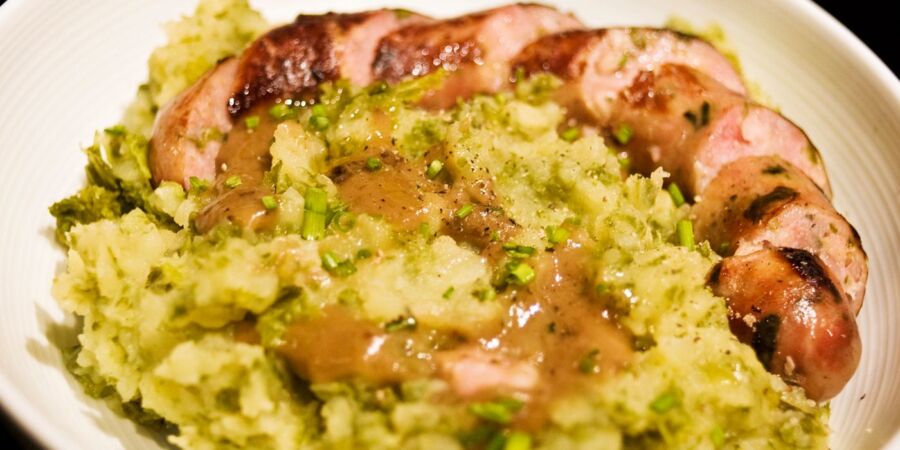
Trying local food is a big part of travel, and you can do it without spending a fortune. Here are some budget-friendly Dutch dishes to look out for:
Stamppot: A hearty mix of mashed potatoes and vegetables, often served with sausage. You can find this comfort food for about $10-15 in local restaurants.
Poffertjes: These mini pancakes make a cheap and delicious snack. A plate usually costs around $5.
Kroket: A deep-fried roll with a meat ragout filling. Grab one from a FEBO vending machine for just $2-3.
Remember, portions in the Netherlands tend to be generous. Sharing a meal with a travel buddy can help you save money and try more dishes.
Experiencing Attractions on a Budget
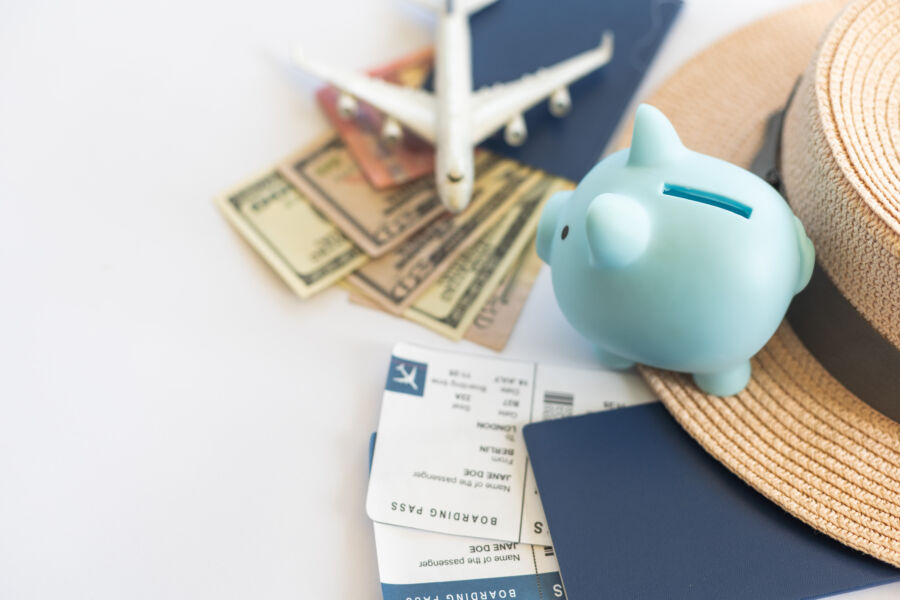
The Netherlands offers plenty of ways to enjoy its top sights without breaking the bank. You can find free and cheap attractions, choose between guided tours and solo explorations, and take advantage of passes and discounts to stretch your euros further.
Free and Low-Cost Attractions
Amsterdam’s charming canals are a must-see, and strolling along them costs nothing. You can admire the city’s architecture and soak in the atmosphere for free. Many museums offer free entry on certain days or times. The red light district is another no-cost attraction, though it’s best viewed during daylight hours for safety.
Outside Amsterdam, you’ll find budget-friendly options too. The tulip fields are stunning in spring, and you can often spot them from public roads at no charge. Some small towns let you explore their historic centers without spending a cent.
Organized Tours Versus Independent Travel
Guided tours are a great way to learn about Dutch history and culture. They often include transport and entry fees, which can save you money. But they can also be pricey, especially in popular spots like Amsterdam.
Going solo is often cheaper. You can set your own pace and focus on free or low-cost attractions. Public transport in the Netherlands is reliable and can get you to most places. Renting a bike is another budget-friendly option to explore cities and countryside alike.
Travel Passes and Discounts
Look into city passes for your trip. They often include free entry to major attractions and public transport. The I Amsterdam City Card, for example, covers many museums and a canal cruise.
Student and senior discounts are common, so always ask if they’re available. Some attractions offer cheaper tickets if you book online in advance. Keep an eye out for combination tickets that let you visit multiple sites for less.
Nature Parks and Outdoor Activities
The Netherlands has beautiful nature parks that are perfect for budget travelers. Hoge Veluwe National Park is a gem, with free white bikes to explore its trails. Entry fees for parks are usually low, and once inside, hiking and picnicking are free.
Beaches along the Dutch coast offer free fun. In summer, you can sunbathe, swim, or join in beach sports. Biking is a national pastime and a cheap way to see the countryside. Many towns rent bikes for a small fee, letting you pedal through scenic landscapes at your own pace.
Timing Your Visit for Best Value

Seasonal Price Fluctuations
Spring and fall are great times to visit the Netherlands on a budget. From April to May and September to October, you’ll find lower prices on hotels and flights. The weather is nice too – not too hot or cold.
In spring, you can see the famous tulip fields in bloom. Keukenhof gardens are open from late March to mid-May. It’s busy but worth it to see millions of colorful flowers.
Summer is the priciest time. Expect to pay more for everything from June to August. Winter can be cheap, but it’s cold and wet. Some attractions have shorter hours in winter too.
Events and Peak Tourist Seasons
Big events can make prices go up. King’s Day on April 27th is super fun but hotels fill up fast. Book early if you want to join the orange-clad crowds.
Summer festivals like Amsterdam Pride in August are popular. They’re exciting but expect higher costs and bigger crowds.
Christmas markets in December are magical. But this is another busy and pricey time. New Year’s Eve in Amsterdam is a blast, but you’ll pay top dollar for a room.
Long-Term Stays: Cost Efficiency
Staying longer can save you money per day. A one-month trip often costs less per day than a one-week trip. You can rent an apartment and cook some meals at home.
Long-term stays let you live like a local. You’ll find cheaper grocery stores and local markets. Public transport passes are cheaper for longer stays too.
Try house-sitting or home exchanges for free accommodation. These work best for longer trips. You’ll save a ton on lodging and get to know Dutch neighborhoods.
Practical Tips for Budget-Conscious Travelers

Want to explore the Netherlands without breaking the bank? You’re in luck! There are plenty of ways to save money while still having an amazing trip.
First off, consider staying in hostels. Hostels are way cheaper than hotels and great for meeting other travelers. You’ll find tons of options in Amsterdam and other cities.
Public transport is your friend in the Netherlands. Grab an OV-chipkaart to easily hop on trains, buses, and trams. It’s much cheaper than taxis or rental cars.
Eating out can get pricey, so try shopping at local markets and cooking some meals yourself. The Hague’s Haagse Markt is perfect for fresh, affordable ingredients.
Free activities abound in Dutch cities. Take a stroll through Amsterdam’s beautiful parks or join a free walking tour to learn about the city’s history.
Timing is key for budget travel. Visit in the shoulder season (April-May or September-October) for lower prices and fewer crowds.
Don’t forget to check out budget-friendly museums. The Rijksmuseum offers free entry to its beautiful gardens, perfect for a picnic lunch.
Lastly, consider getting a city pass like the I Amsterdam Card. It includes free public transport and entry to many attractions, potentially saving you a bundle.



